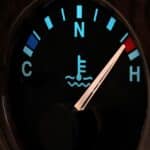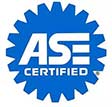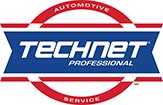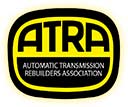Properly functioning brakes are crucial for your safety and the safety of others on the road. Knowing when to change your vehicle’s brakes is essential to maintain optimal stopping power and prevent brake-related issues. Here are some signs and indicators that suggest it’s time to change your vehicle’s brakes.
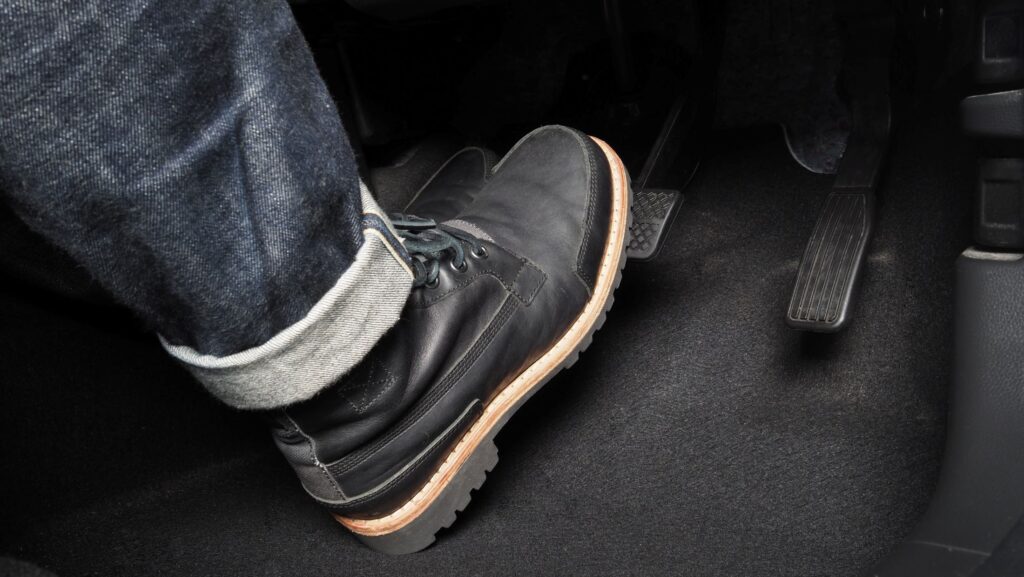
Squeaking or Squealing Noise
One of the most common signs that your brakes need attention is a high-pitched squeaking or squealing noise when you apply the brakes. This sound is typically caused by wear indicators – small metal tabs built into the brake pads that make noise when the pads are worn down. If you hear this noise, it’s a clear indication that your brake pads are due for replacement.
Grinding Noise
A grinding noise when you brake is a severe warning sign. It suggests that your brake pads have worn down completely, and the metal backing of the pads is now grinding against the brake rotor. Driving with this issue not only compromises your braking performance but can also damage the brake rotors, leading to more expensive repairs.
Reduced Braking Performance
If you notice that your vehicle’s braking performance has diminished – for example, it takes longer to come to a stop or the brakes feel less responsive – it’s a strong indicator that your brake pads are worn and need replacement.
Vibrations or Pulsations
When you apply the brakes, if you feel vibrations or a pulsating sensation in the brake pedal, it may indicate warped brake rotors. Warped rotors can result from excessive heat buildup during braking and can affect your ability to stop effectively.
Warning Light
Most modern vehicles are equipped with a dashboard warning light for the brake system. If the brake warning light comes on, it’s crucial not to ignore it. It could signify various brake-related issues, from low brake fluid to brake pad wear. Have your vehicle inspected as soon as possible.
Uneven Brake Pad Wear
Inspect your brake pads regularly for even wear. If you notice that one side of the pad is significantly more worn than the other, it could indicate a caliper or suspension issue. Addressing this problem promptly is essential to prevent further damage.
Mileage and Maintenance Schedule
Check your vehicle’s owner’s manual for recommended brake maintenance intervals. While mileage can vary, a typical guideline is to inspect and potentially replace the brake pads every 20,000 to 60,000 miles, depending on your driving habits and the type of brake pads installed.
Inspect the Brake Pads
If you’re unsure about the condition of your brake pads, you can visually inspect them. Look through the wheel spokes to see if you can observe the thickness of the brake pad material. Most brake pads have a minimum thickness indicator. If the pad material is worn down close to or past this indicator, it’s time for replacement.
Have a Professional Inspection
Regular brake inspections by a qualified mechanic are essential for catching potential issues early. A professional can assess the condition of your brake system, including the brake pads, rotors, calipers, and brake fluid, and provide recommendations for maintenance or replacement.
Brake Repair in Frederick, MD
Don’t delay addressing brake problems; doing so can lead to more expensive repairs and compromised safety on the road. Instead, if you notice any of the signs mentioned above, bring it to Ken’s Automotive & Transmissions. We are brake repair specialists that can handle an array of brake problems. Contact us today to schedule an appointment.





